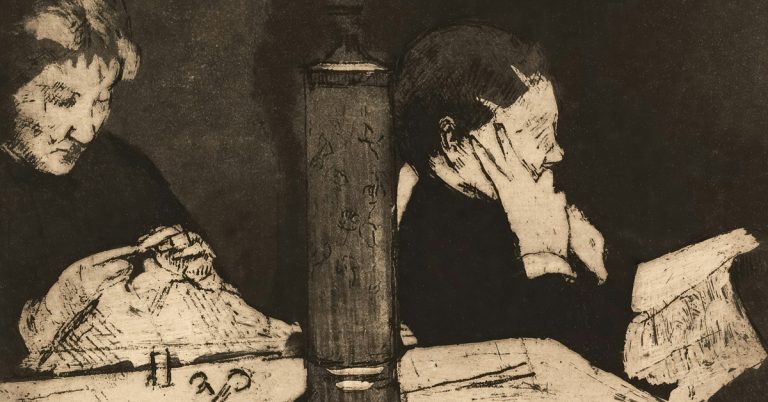
Walter Scott’s poetry dominated the early years of the nineteenth century but has subsequently fallen into relative obscurity. The first scholarly edition of Marmion (1808), the second of Scott’s grand historical narrative poems, has recently been published and sets out to restore the text’s original vibrancy and to reclaim its rightful place within the Romantic canon. It is the first of ten volumes to be published as the Edinburgh Edition of Walter Scott’s poetry which will bring together for the first time Scott’s complete poetical works.
Marmion was written against the political backdrop of the Napoleonic Wars and Scott’s anxiety about the potential outcome of Napoleon’s dominance in Europe is clear: references to events and players in these wars are made in five of the six introductory verse epistles that frame the poem’s narrative. At one level Marmion can be read as a call for national unity and action in the face of this external threat. However, these dedicatory epistles are also deeply autobiographical, reflecting Scott’s relations with aristocratic patrons, artists and statesmen, and tracing his development as a poet. Scott’s articulation of the poet’s identity and role allows us to locate his poetics firmly within the Romantic aesthetic (and pre-empts Wordsworth’s treatment of these ideas in The Prelude (1850)).
Arguably the most interesting, and certainly the most overlooked, aspect of this text is the extensive body of notes that Scott appends to the narrative. Of varying lengths, and purportedly offering antiquarian commentary on the poem, these ninety-seven notes constitute mini-narratives of their own. They were abridged or omitted entirely from successive late-nineteenth and twentieth-century editions of the poem; this edition restores them to their full complement.
Marmion is the most challenging and the most rewarding of all Scott poems. Following the mixed critical reception of its framing epistles Scott was never so experimental nor so bold in his writing again. Its revolutionary experimentation is one of the many reasons why this poem deserves to be rediscovered by a modern audience.
Marmion has an important place in publishing history
At the beginning of the nineteenth century, Longman’s were the most important publishers of creative works in Britain. Longman’s had already bought the copyright of Scott’s Minstrelsy of the Scottish Border (1802), and of The Lay of the Last Minstrel (1805) and, in line with established practice, they were given the first refusal of his new work. Scott offered Longman’s the chance to purchase the copyright, setting the price at a thousand guineas (£1050). It was an astonishing amount of money, but Scott was using the ownership of copyright effectively for the benefit of the author: he set his own price and played publishers off against each other to ensure that he got what he wanted, and in doing this he was probably the first author to exploit copyright in this way. When Longman’s refused, Archibald Constable purchased the copyright of the poem outright. In the contractual letter that Constable wrote to Scott he exclaimed ‘we trust it [the poem] will remain forever in the hands of Edinburgh Booksellers for the honour & Glory of Scotland’. In this we can discern the exultation of an upstart publisher wresting a literary property from the dominant publisher of creative literature, and in so doing beginning to create a publishing centre to rival that of London. In selling on one quarter shares in the copyright to William Miller and John Murray Constable was not only spreading risk but ensuring that sales in London and the south of England would be certain. For these reasons, Marmion is significant not only for the history of poetry but also for the history of publishing and the book trade.

Ainsley McIntosh holds a PhD from the University of Aberdeen and is affiliated to the Walter Scott Research Centre there. She lives in London and is an Advisory Editor for the Edinburgh Edition of Walter Scott’s poetry.

Marmion: A Tale of Flodden Field published in June 2018.





